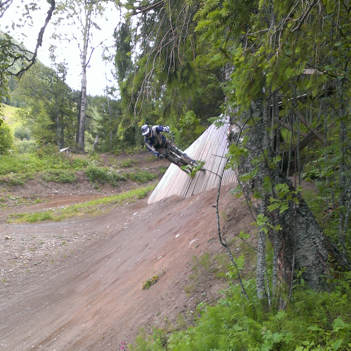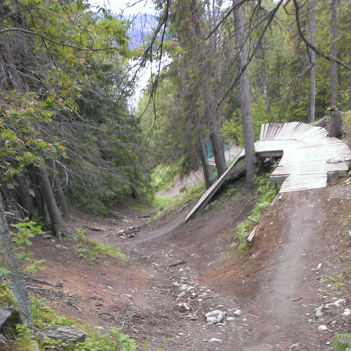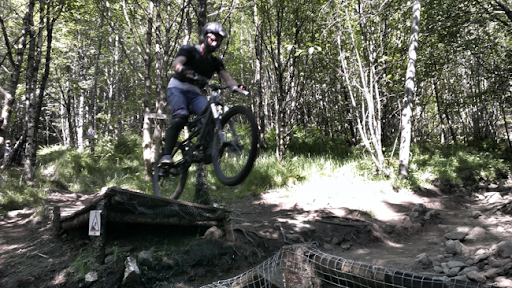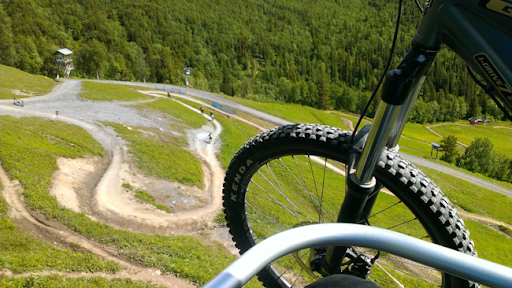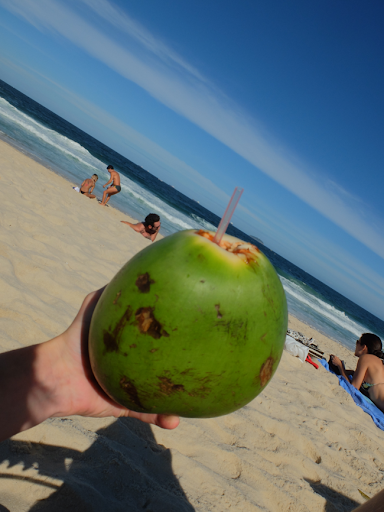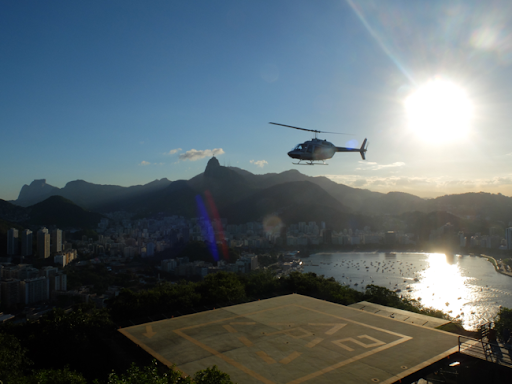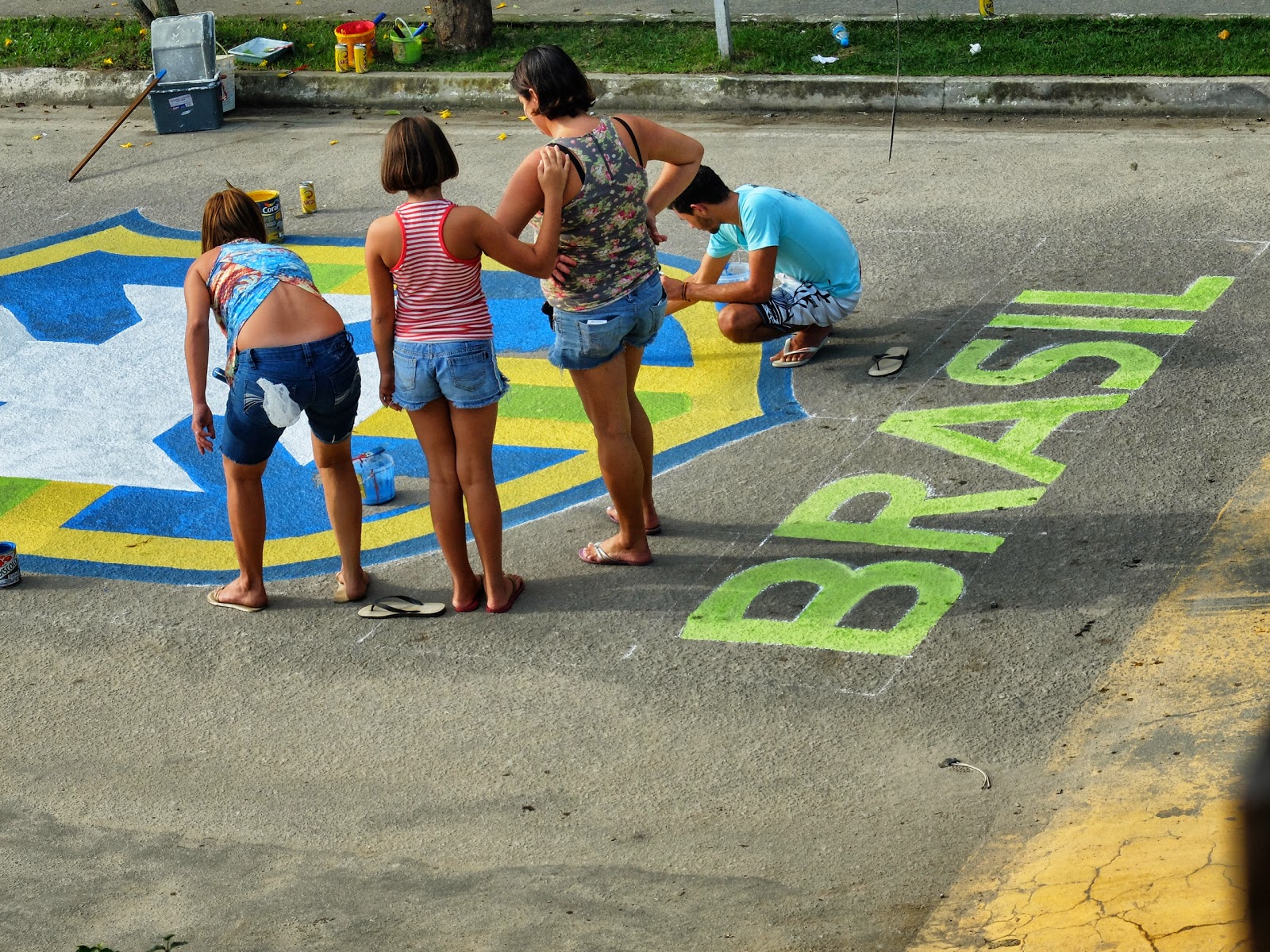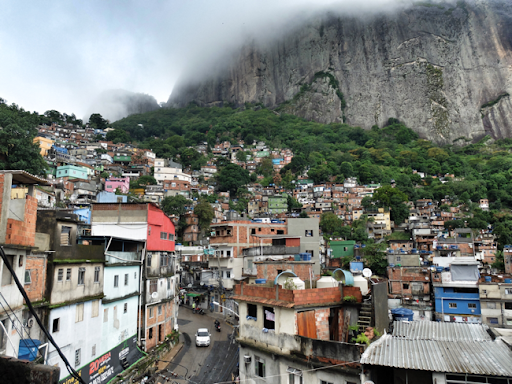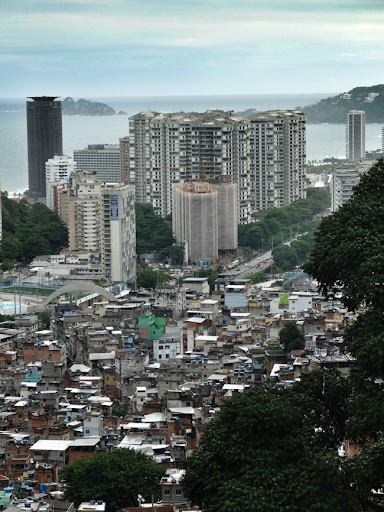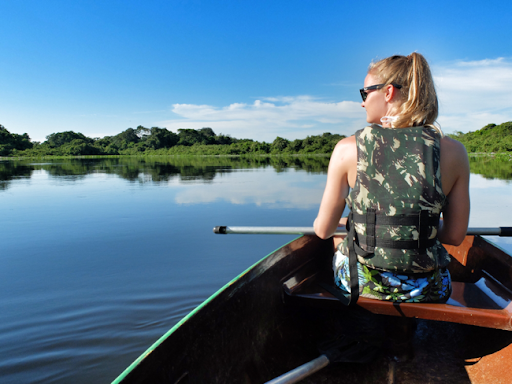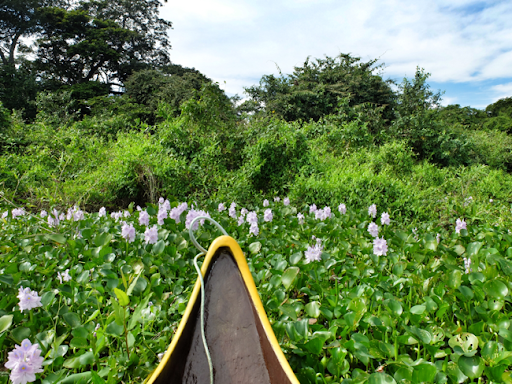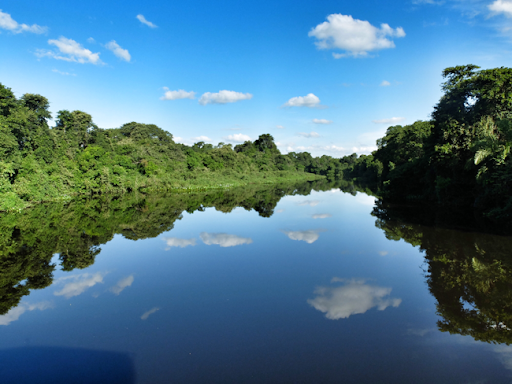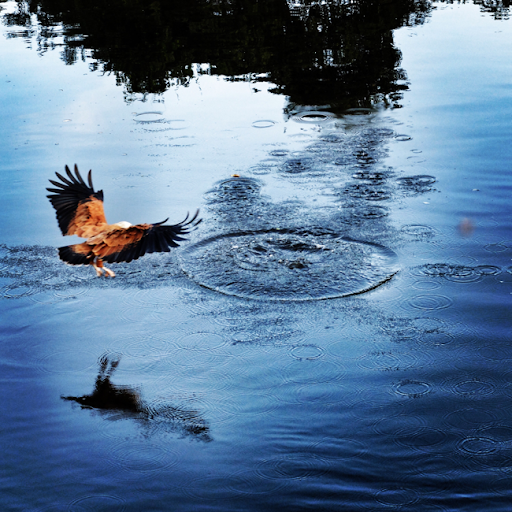
Now, a month after getting home, we have looked at our bank statements and done a thoroughly calculation of absolutely all our expeses on the trip. The following amounts are in Norwegian Krones (NOK), per person and includes everything except flights and insurance which I have added in the conclusion part.
 |
Trans Mongolian Railway (21. feb-10.mar):
Countries visited(and duration): Russia, Mongolia, China (17 days)
Booked in advance: Ruski Huski trip 14 500,-
Amount spent on this part of the trip: 2500,-
Total per day spending: 1000,-
Island hopping in the Pacific (10. mar-25.mar):
Countries visited (and duration): Philippines, Palau, Micronesia, Marshall Islands, USA/Hawaii (15 days)
Booked in advance: Hostels 1500,-
Amount spent on this part of the trip: 8500,-
Total per day spending: 666,-

Traveling independently in Northern South America (25.mar-14.apr):
Countries visited(and duration): Colombia, Ecuador, Peru (20 days)
Booked in advance: Hostels, Macchu Picchu day trip 2750,-
Amount spent on this part of the trip: 5000,-
Total per day spending: 388,-
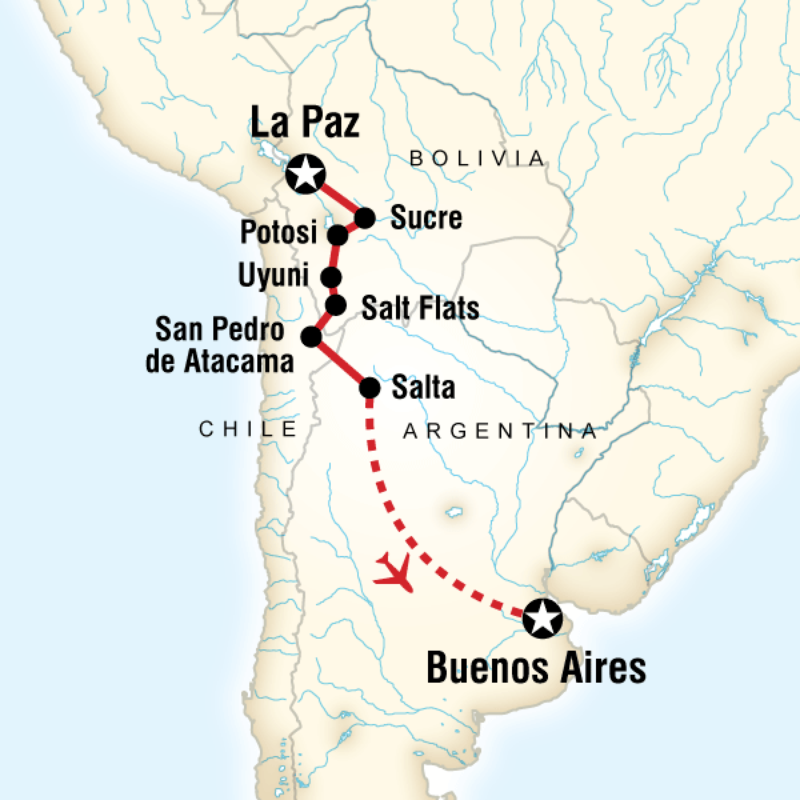
Traveling through Western South America with G- Adventures:(14.apr-13.may):
Countries visited(and duration): Bolivia, Chile, Argentina, Uruguay (30 days)
Booked in advance: La Paz to Buenos Aires Adventure 10 000,-
Amount spent on this part of the trip: 5000,-
Total per day spending: 500,-
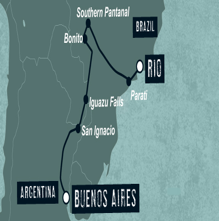 Traveling through Eastern South America with Dragoman(12.may-1.jun):
Traveling through Eastern South America with Dragoman(12.may-1.jun):Countries visited (and duration): Argentina, Paraguay, Brazil (19 days)
Booked in advance: Andes & Amazon, Buenos Aires to Rio 8500,-
Amount spent on this part of the trip: 4000,-
Total per day spending: 658,-
Conclusion:
With flights costing 26 000kr per person and insurance costing 3000 per person, the trip ended up with a total around 80 000 krones/ 10 000 euros for 104 days. That is less than 800kr/100 euro per day including flights and absolutely everything except gifts and souveniers. That might sound like a lot, but it is less than double the amount we spend when staying at home and saving up for trip. So, in conclusion, for less than double the money you spend when working and sitting in your couch at home, you can travel the world and have thousand times the fun.

